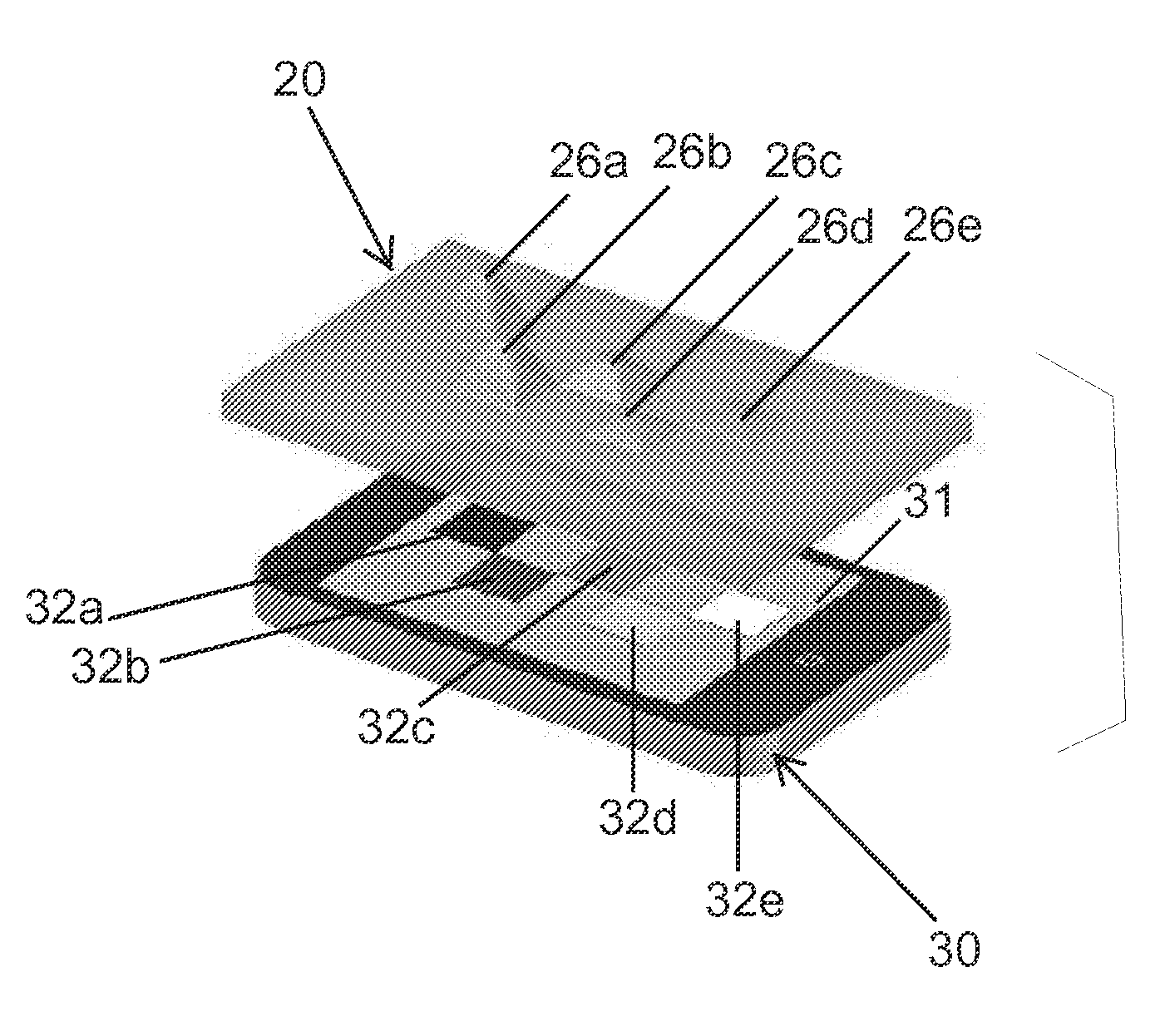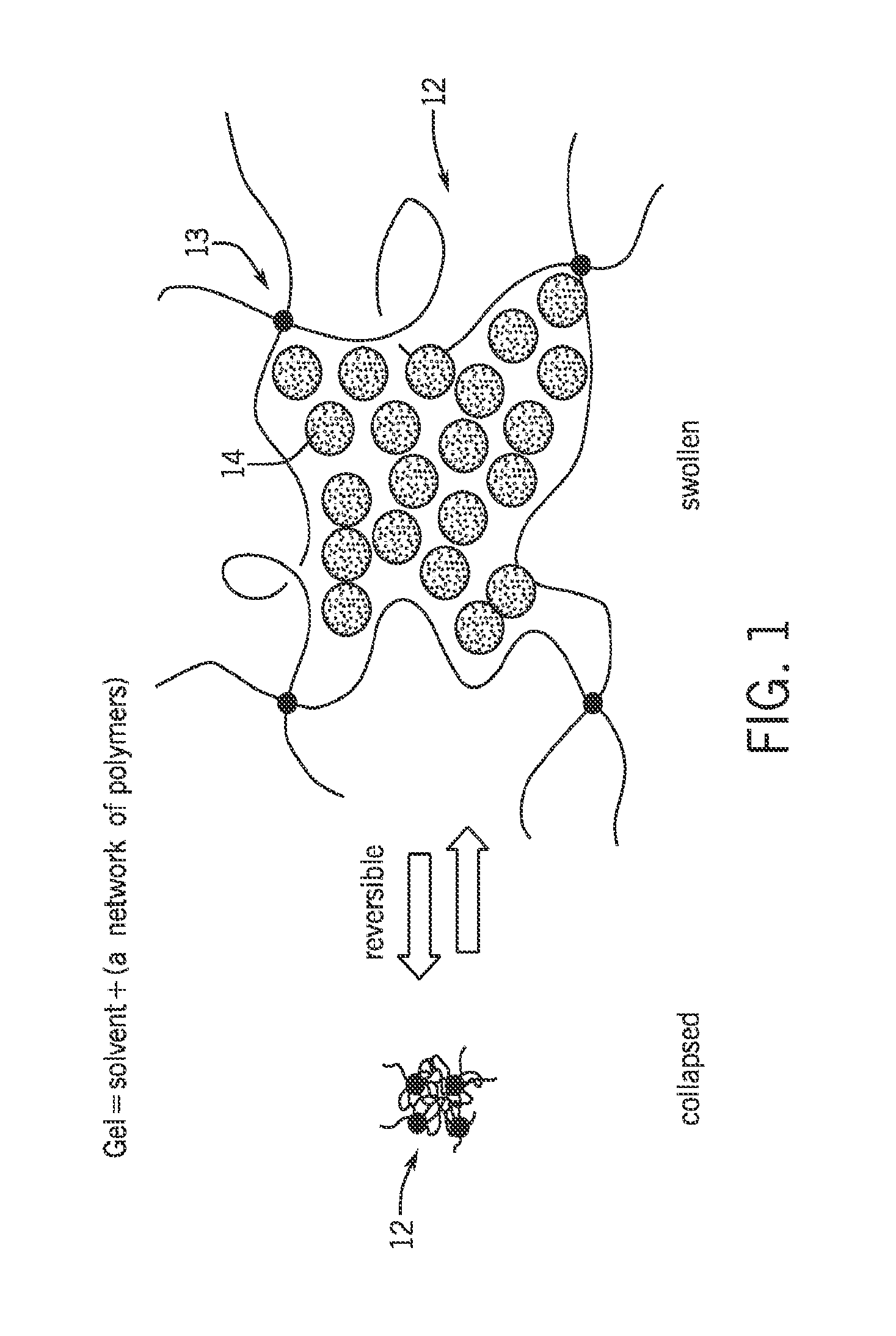Responsive dynamic three-dimensioinal tactile display using hydrogel
a dynamic, three-dimensional technology, applied in the direction of instruments, synthetic resin layered products, teaching apparatus, etc., can solve the problems of limited image depth perception, limited resolution and relief variation of the above-mentioned techniques, and poor performance of the haptic system in those studies
- Summary
- Abstract
- Description
- Claims
- Application Information
AI Technical Summary
Benefits of technology
Problems solved by technology
Method used
Image
Examples
example
[0077]High-density plastic board 3D tactile images were introduced in astronomy labs at Arizona State University so that blind or visually impaired (BVI) students could “sense” or “visualize” the information contained in any 2D images and start fully participating in STEM education. During specific astronomy labs, information was systematically collected through a survey system to evaluate and improve the quality of the tactile images. A case study of 8 blind or visually impaired and 7 sighted students at Arizona State University was also initiated. Static 3D tactile images were created using CNC machining as follows: (1) the gray scale of an image was used to create the relief height of the image with white being the tallest and black the lowest part of the tile image; (2) the images were then converted into .igs files in a software program called ARTCam; and (3) a CNC machine was used to drill the 3D-image out of a piece of high density plastic (HDP).
[0078]Researchers met with bli...
PUM
| Property | Measurement | Unit |
|---|---|---|
| thick | aaaaa | aaaaa |
| optical image | aaaaa | aaaaa |
| optical | aaaaa | aaaaa |
Abstract
Description
Claims
Application Information
 Login to View More
Login to View More - R&D
- Intellectual Property
- Life Sciences
- Materials
- Tech Scout
- Unparalleled Data Quality
- Higher Quality Content
- 60% Fewer Hallucinations
Browse by: Latest US Patents, China's latest patents, Technical Efficacy Thesaurus, Application Domain, Technology Topic, Popular Technical Reports.
© 2025 PatSnap. All rights reserved.Legal|Privacy policy|Modern Slavery Act Transparency Statement|Sitemap|About US| Contact US: help@patsnap.com



